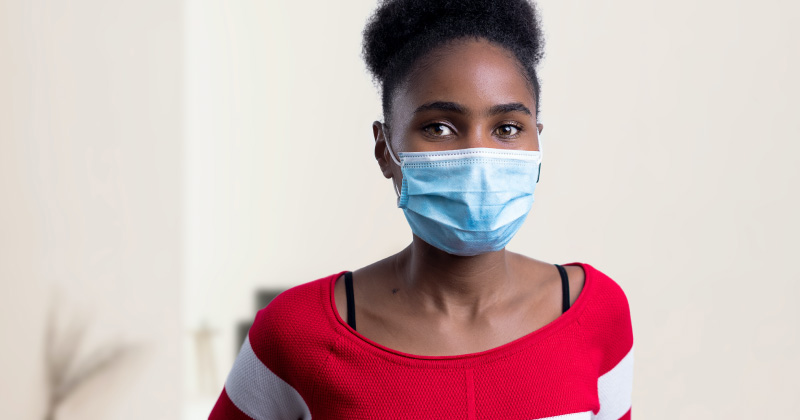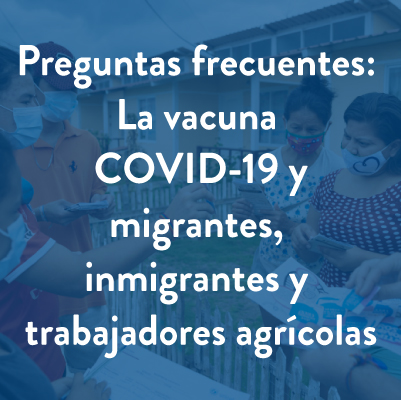- Who We Are
- Clinician Employment
- Publications
- Witness to Witness (W2W)
- El Premio Kugel & Zuroweste a la Justicia en la Salud
- Your Voice Matters: Photovoice Project
Thu, 06/10/2021 | by Kaethe Weingarten


By Kaethe Weingarten, PhD, Director of Witness to Witness
We have all read that the impact of the COVID-19 pandemic has been more negative for women’s daily lives than for men’s. But it turns out that “daily” includes nighttime. Women’s dream life has also been affected by COVID-19. This has certainly been true for me. Women’s dreams express higher levels of anxiety, sadness, and anger and have more images of death in pandemic dreams than men’s do. This is not surprising given the toll the last fifteen months has taken on women, especially mothers. Women’s COVID-19 dreams represent not just the increase in stressors due to the pandemic but also the specific challenges that women face.
In fact, the content of women’s dreams is almost a transform of the inequalities women face. Dream imagery reflects that women do more caretaking than men and are thus more exposed to sick individuals at home and, it turns out, in health care, where they were poorly protected due to the shortage of personal protective equipment. Globally, they have been infected with COVID-19 at twice the rate of men. Women were less protected from violence in the home during the pandemic and had less access to reproductive health services. They experienced more job losses. Currently, about one in four women in the US say they are unable or unwilling to return to the workforce. Not surprising, women report greater increases in anxiety and depression than men, and this is on vivid display in dreams.1
But let’s back up. In April 2020, 2.8 million women left the workforce, which made it the single worst month for women’s employment since tracking these numbers began in the 1940s. One year later, 1.6 million women have rejoined the labor force, but the rest may not. Some of the factors that drove women from the workforce are still at play and others have emerged as explanatory.
In the early months of the pandemic, the sectors that employ women took enormous hits, with deep losses in jobs, especially in the hospitality industry. Women in the health care field had a different issue. While in some instances, women in lower paid positions in the health care field lost their jobs, others were exposed at higher rates to COVID-19 than health care workers at higher levels. This has led to women at lower levels leaving the field entirely due to cumulative exhaustion and demoralization, what is often referred to as “burnout.” Further, many jobs that were designated as “essential” had working conditions that made those laboring in them feel just the opposite: maybe the jobs were essential but not those who did them. Low-wage workers in farming and food manufacturing who are often in unsafe working situations were particularly threatened by COVID-19, given the lack of enforcement around COVID-safe workplace precautions and protections. These unsafe working conditions threatened their personal, familial, and community well-being, resulting in disproportionate illness and death.And while women in general have fared worse than men – although not worse than Black men – women of color have fared substantially worse than white women. Unemployment rates for women of color are now nearly twice that of white women. There are a number of reasons for this, but among them is the fact that more women of color are the breadwinners in their families and, with schools closed, they require childcare to go to work. However, the childcare workforce dropped sharply, by close to 15%, reducing the number of childcare slots available. This hit Latinas particularly hard, especially noncitizen Latinas.
For those mothers who were able to work from home, childcare responsibility was ever present. One study in six high-income countries including the US found that mothers of children ages six to 14 spent three-quarters of their work time simultaneously caring for their children, which was 30% more time than fathers spent. Mothers were also interrupted by their children substantially more than fathers.2
Parenting while working is truly challenging. Research is currently underway to assess the short- and long-term effects of the pandemic on the productivity of women in STEM fields and medicine. Early results suggest that women are experiencing more disruption, higher workloads, and decreased productivity compared to men.3
All of the ways women are disadvantaged compared to men by the pandemic can also account for the higher rates of physical and mental health concerns expressed by women. Multiple surveys show higher rates of anxiety and depression for women compared to men, for women of color compared to white women and for essential workers compared to nonessential workers. These differential rates apply also to thoughts of suicide.4
All of this is pretty grim and has led some commentators to make dark predictions. Some fear that women will backslide in terms of employment gains, income equality, and wealth accumulation. Others worry that sexist gender patterns will become more entrenched within the home, especially with regard to childcare.
But need this be the case? Might the increase in telecommuting lead some families to share household and childcare responsibilities more equally? There is some evidence for this proposition.5 Might there be public pressure to bring policies in the US more in line with those in other advanced economies such that women are not at such a great disadvantage in the workplace?
If so, what would those policies look like?
First, the policies cannot be one-size-fits-all. Women in different sectors of the economy need different policies. Second, these policies are not “accommodations.” They are instead structural changes to level the playing field that has been tilted towards men from …forever. There are many ways that the government can step in to reduce pay discrimination and promote equal wages.6
We need to move to an economy that supports a robust “care” infrastructure so that families are able to take care of children, elders, the ill, and the disabled. Schools need to be supported so that they can offer programming that fits with the work schedules of the families who send their children to those schools. Incentives must be offered to employers so that they offer employees fair and healthy working conditions, equitable pay, and quality benefits. All work environments must be safe for all.
Let’s hope these changes are not utopian and that more people will have learned from the very unusual and stressful year that contrary to the New England aphorism, “a rising tide lifts all boats,” that some boats are stuck at the bottom. Without targeted policies we cannot rely on “natural” forces alone to accomplish the goals we have. Being the change we want in the world, means advocating for it, which is what MCN does daily.
1 Barrett, D. (2020). Dreams about COVID-19 versus normative dreams: Trends by gender. Dreaming, 30(3), 216–221. https://doi.org/10.1037/drm0000149
2 http://www.nber.org/chapters/c14548
3 National Academies of Sciences, Engineering, and Medicine. 2021. The Impact of COVID-19 on the Careers of Women in Academic Sciences, Engineering, and Medicine. Washington, DC: The National Academies Press. https://doi.org/10.17226/26061.
5 http://www.nber.org/chapters/c14548
Got some good news to share? Contact us on our social media pages above.
Return to the main blog page or sign up for blog updates here.







